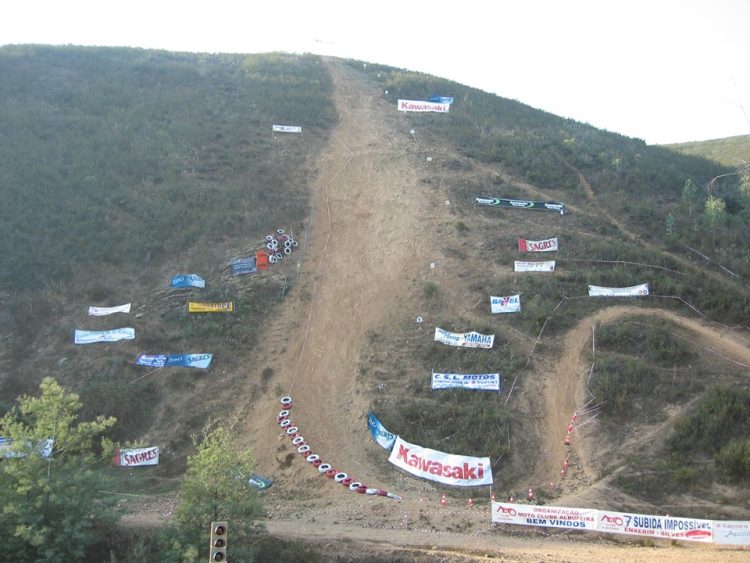Everyone meet Dakota (at least I think that’s her real name), she’s a 16-year-old girl who goes by KotaKoti and looks a lot like a Barbie doll. Recently, photos of her have gone viral on several Asia and Arabic social sites because of her incredible resemblance to Barbie.
I stumbled upon some photos of KotaKoti while browsing a popular Vietnamese site for weird stories (yes, I do actually visit a lot Vietnamese sites, where else do you think I find all this crazy stuff) and was stunned by the resemblance between this girl and the popular Barbie doll. I mean, in some photos Iwas having trouble figuring out if she is actually a real person or just a life-size toy. I wasn’t able to find a lot of info on her, as she doesn’t seem to be as popular on western websites, and although she has her very own blog, it doesn’t have an “About” page or anything like that.





















